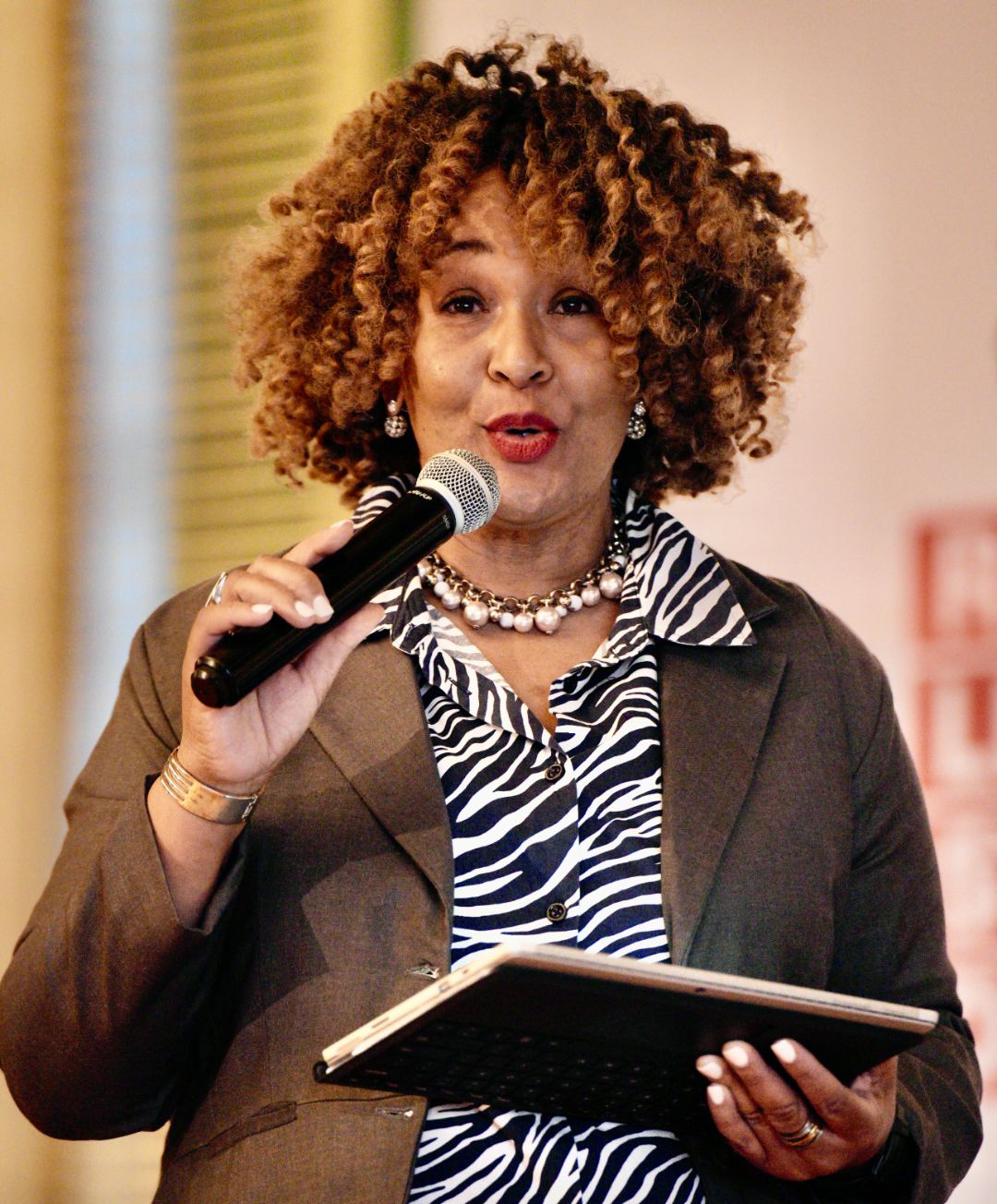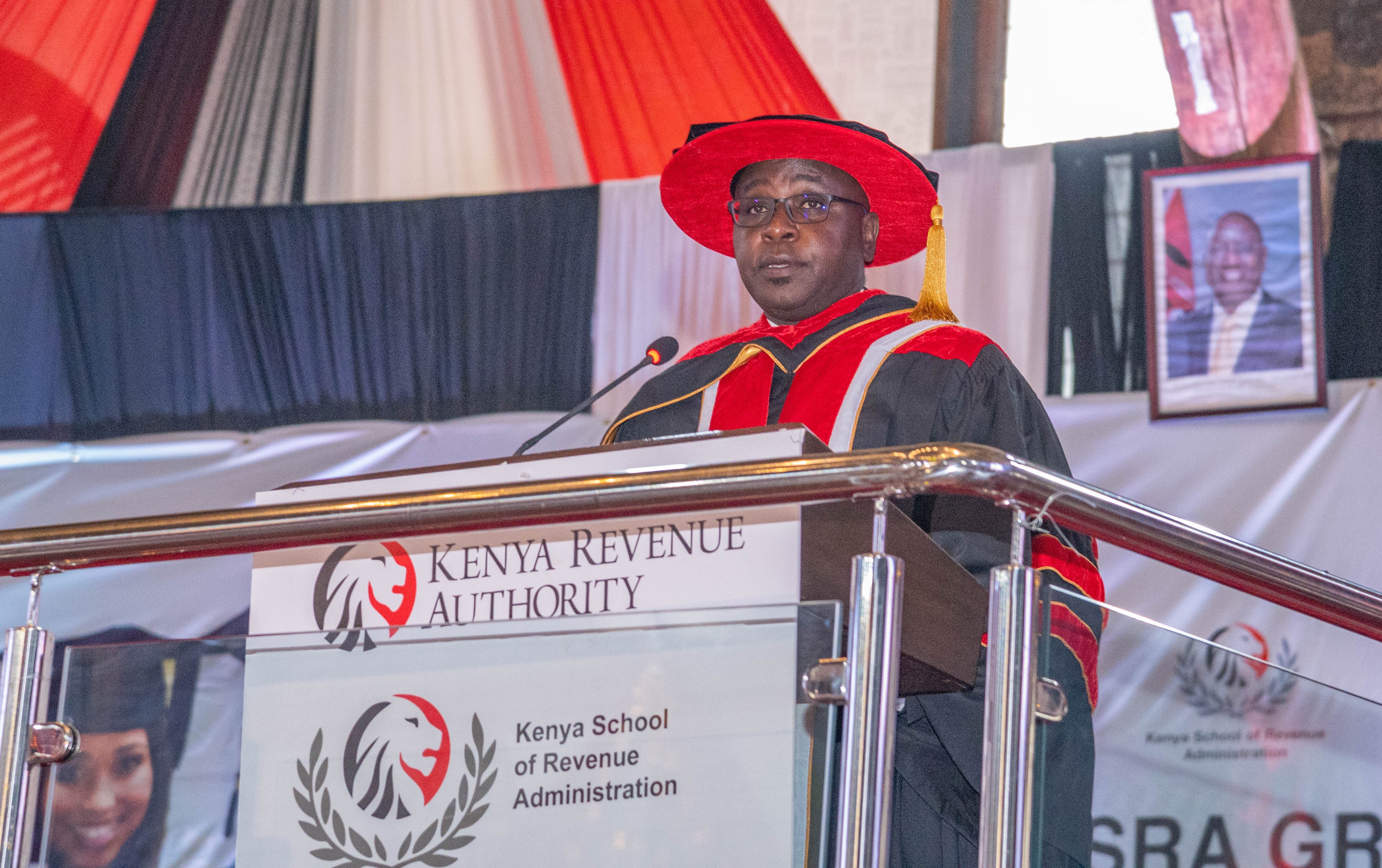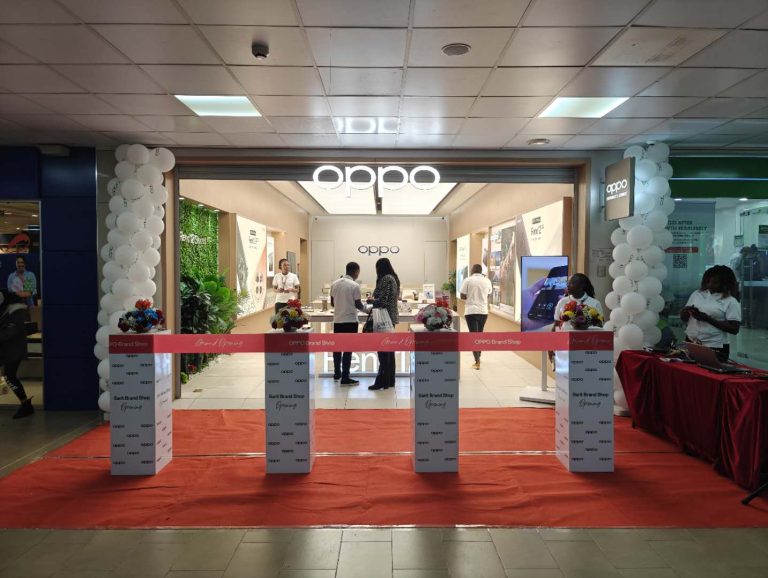Special Drawing Rights (SDRs) Peoples Recovery in Kenya
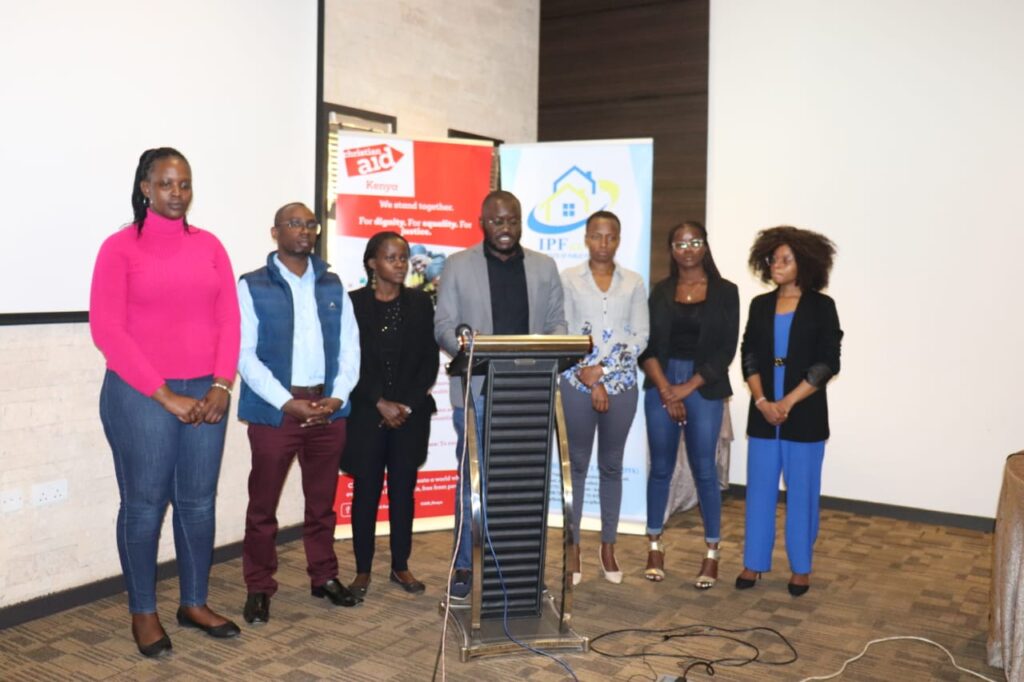
The International Monetary Fund (IMF) board on 23rd August 2021 approved a general SDR allocation of SDR 456.5 billion (equivalent to US$650 billion) aimed at addressing the global need for reserves, foster confidence, and support a resilient and sustainable global recovery.
The allocation came at time when many economies most especially developing economies were struggling with the adverse impacts of the COVID-19 pandemic.
The COVID-19 pandemic impacted on the global economy significantly evident in shrinking economies at the height of the pandemic. Kenya was not spared and experienced the sharpest contraction of the economy in the last two decades at 0.3 per cent. A

cross the sectors, the service sector was the most affected by the pandemic, with near collapse of the tourism sector.
COVID-19 reversed the gains made in poverty reduction by pushing approximately 6.2 million Kenyans into poverty.
This attributed to loss of incomes (equivalent to 11.7% GDP), job losses, and pay cuts. Revenue collections were severely affected during the pandemic, resulting in heightened debt accumulation.
Public debt increased from Ksh 5.8 trillion in June 2019 to Ksh 6.7 trillion in June 2020 and further to Ksh 7.6 trillion in June 2021 and Ksh 8.5 trillion as at June 2022. Fiscal stability has remained a matter of necessity post COVID-19.
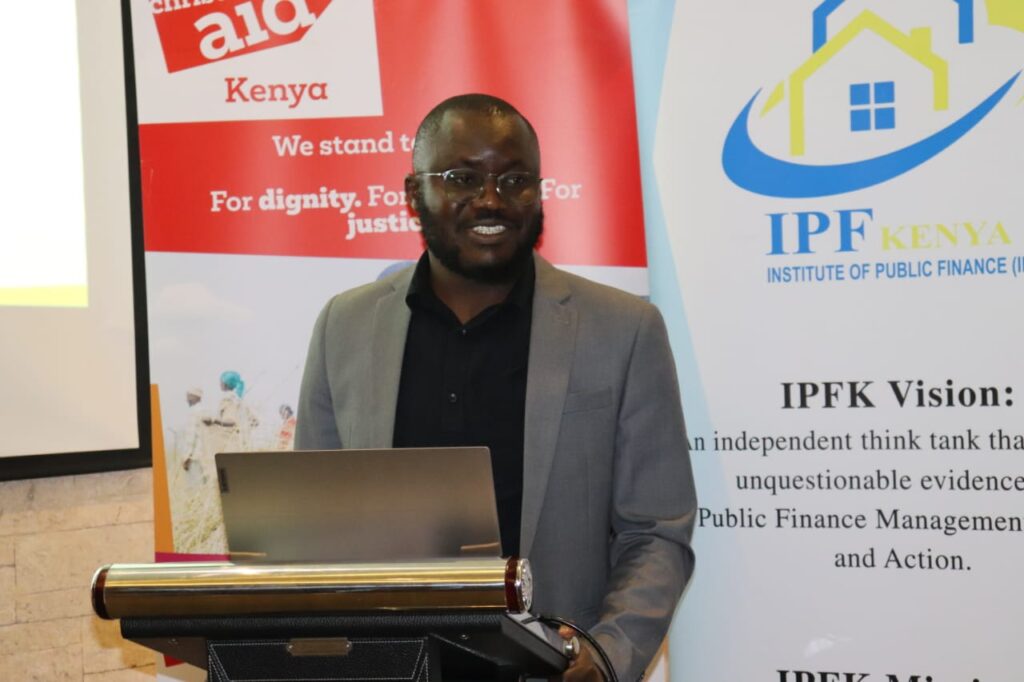
As a result, the IMF by approving the SDR allocation offered a much-needed reprieve for the Kenyan government as the fiscal space shrunk further during the pandemic. By definition, A Special Drawing Right (SDR) is an interest- bearing international reserve asset created by the IMF to provide liquidity and to supplement the operating capital of its member states. SDRs are IMF’s units of account. The usage of SDRs is a country’s prerogative and sovereign decision. Countries can employ them in transactions by trading their SDRs into freely usable currencies or in processes approved by the Fund. The use of SDR holdings needs to be structured to maintain macroeconomic sustainability, including external and monetary sustainability.
Kenya benefited from this allocation and received SDR 520.2 million (US$ 737.6 Million) equivalent of Ksh 83.7 billion as part of the multilateral lender’s bailout of global economies and to alleviate balance-of-payments constraints that were faced by all economies.
In a letter of intent to the IMF, the Kenyan government indicated that half of SDR allocation would be on-lent to the National Treasury, while the other half would be retained at the Central Bank of Kenya (CBK) to boost the country’s official foreign exchange reserves that had come under intense pressure from the rising cost of the imports as well the appreciation of the US dollar. The National Treasury projected to borrow approximately Ksh. 41.8 billion from the CBK.
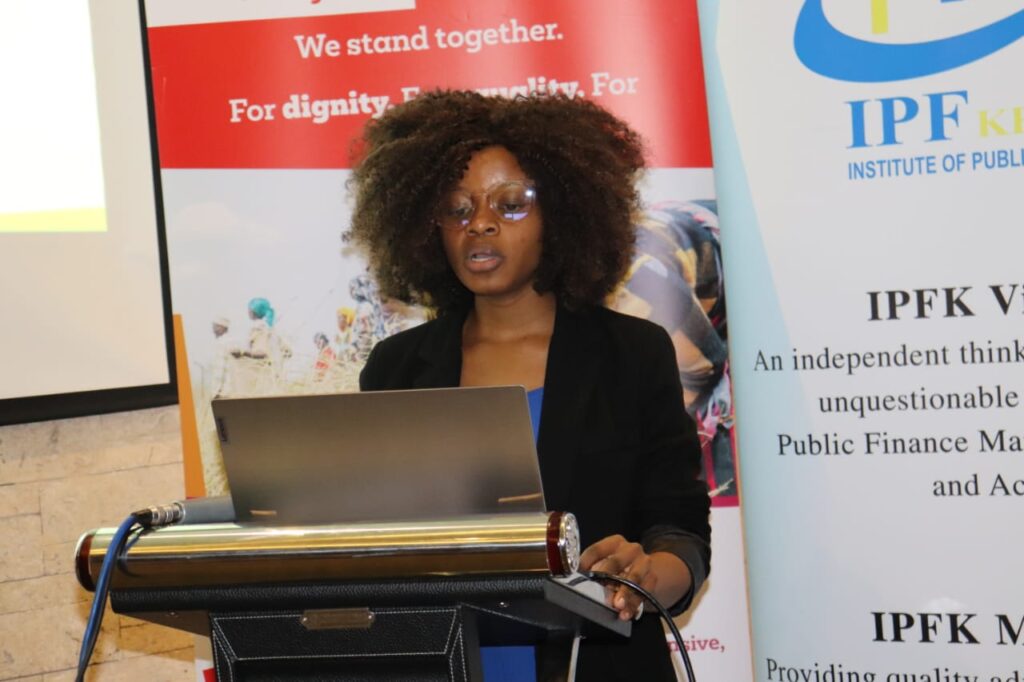
The National Treasury in draft 2022 Budget Review and Outlook Paper (BROP), reports IMF’s SDR allocation of Ksh 40.8 billion as part of government borrowing that financed its fiscal deficit in FY 2021/22.
The government reports that it deviated from the principles of fiscal responsibility where part of the borrowed funds was used to finance 17.7 percent of recurrent expenditure and external loans redemption. According to the National Treasury, this deviation was occasioned by the need to cushion the poor from the adverse effects of the COVID-19 pandemic as well as purchase of COVID-19 vaccines.
Nonetheless, the government remains silent on whether proceeds from the SDRs allocation were directed towards targeted programmes or specific expenditures.
Further, while some countries utilized their SDRs all at once, Kenya has been utilizing small bits of SDRs. IMF’s data on Kenya’s SDRs Allocation and Holding reveal that the government had only utilized 14.4% of the 2021 SDR allocation while the National Treasury reports it borrowed Ksh 40.8 billion from the CBK in the draft 2022 BROP, part of which went to external loan redemption explicitly exhibiting information gaps on the country’s use of SDRs.
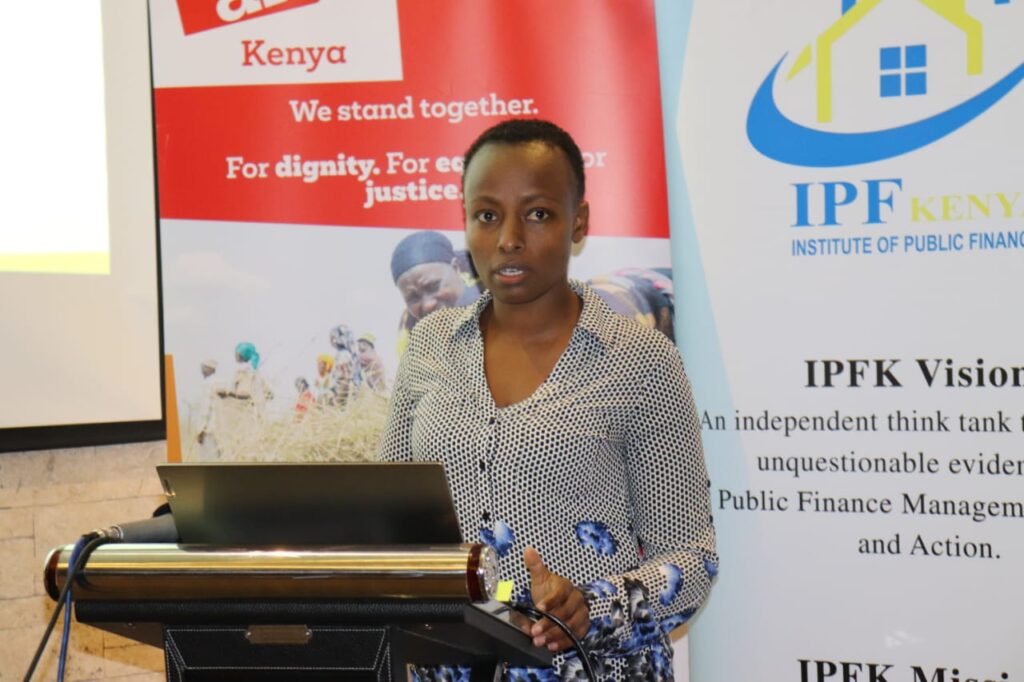
From our review we could not establish whether the government directed the SDR allocation to specific sectors or programmes This partly because the IMF does not attach conditionalities on the use of SDRs by recipient countries. Similarly, the government has not developed a legal framework on SDR utilization and reporting, thus creating a room for little or no transparency and accountability around the use of SDRs. Therefore, we recommend that;
- The government to develop a clear legal framework against which oversight institutions including Parliament and the Office of the Auditor General can hold the government to account and to entrench transparency and accountability in SDR use in line the Constitution of Kenya
- The government to publish and publicise information on SDR utilization including information on any arrangement(s) between the National Treasury and the Central Bank as well as sectors and programmes that directly benefit from SDRs

